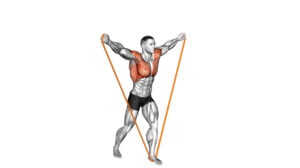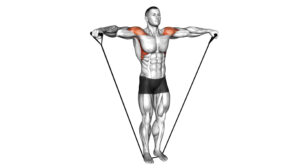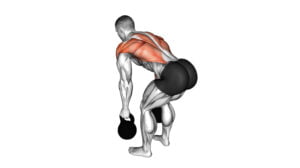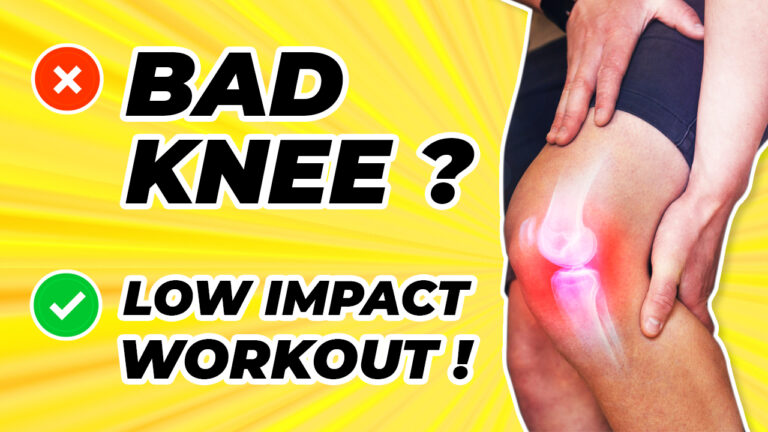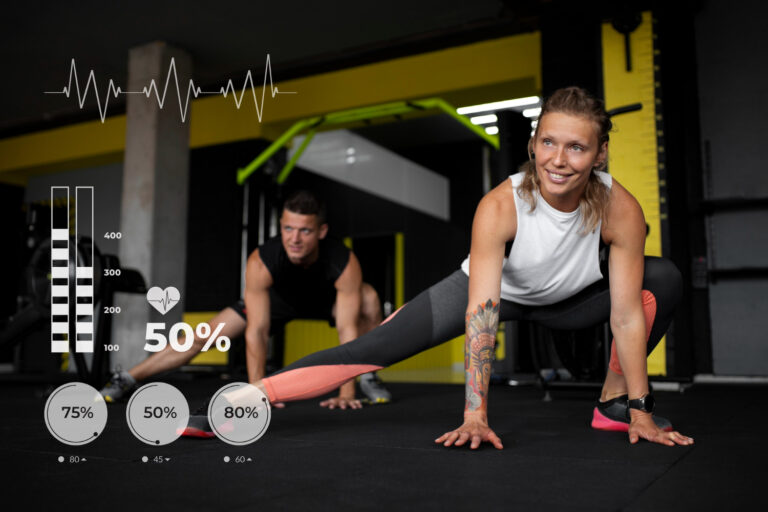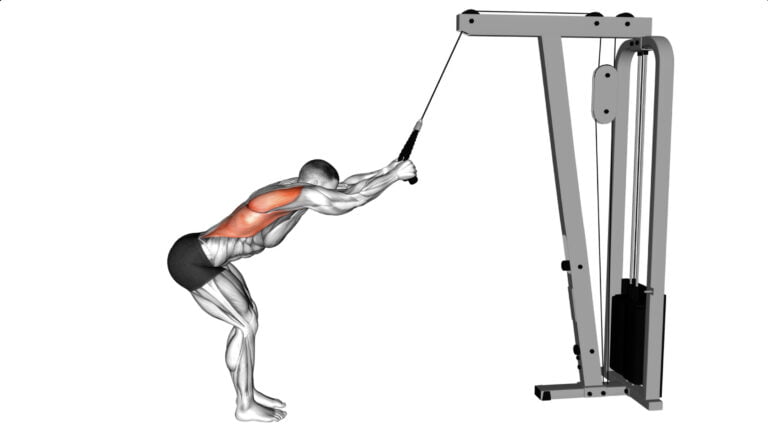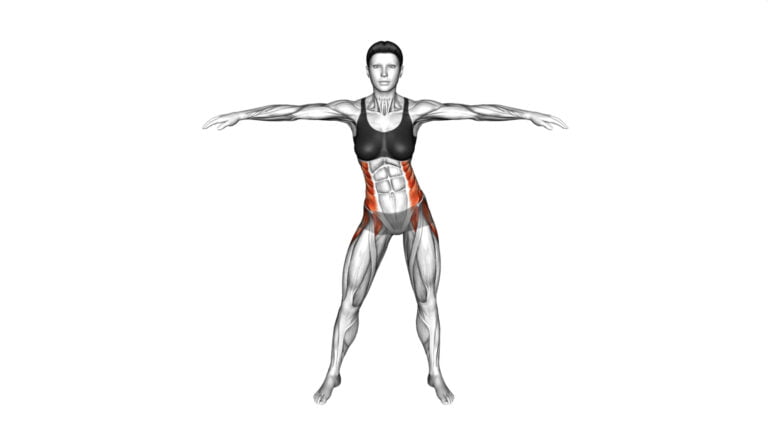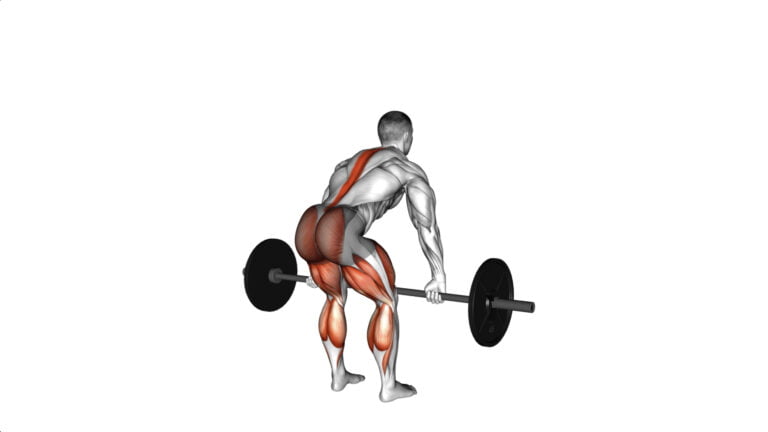10 Effective Hip Adductor Muscles Exercises For Strength And Injury Prevention
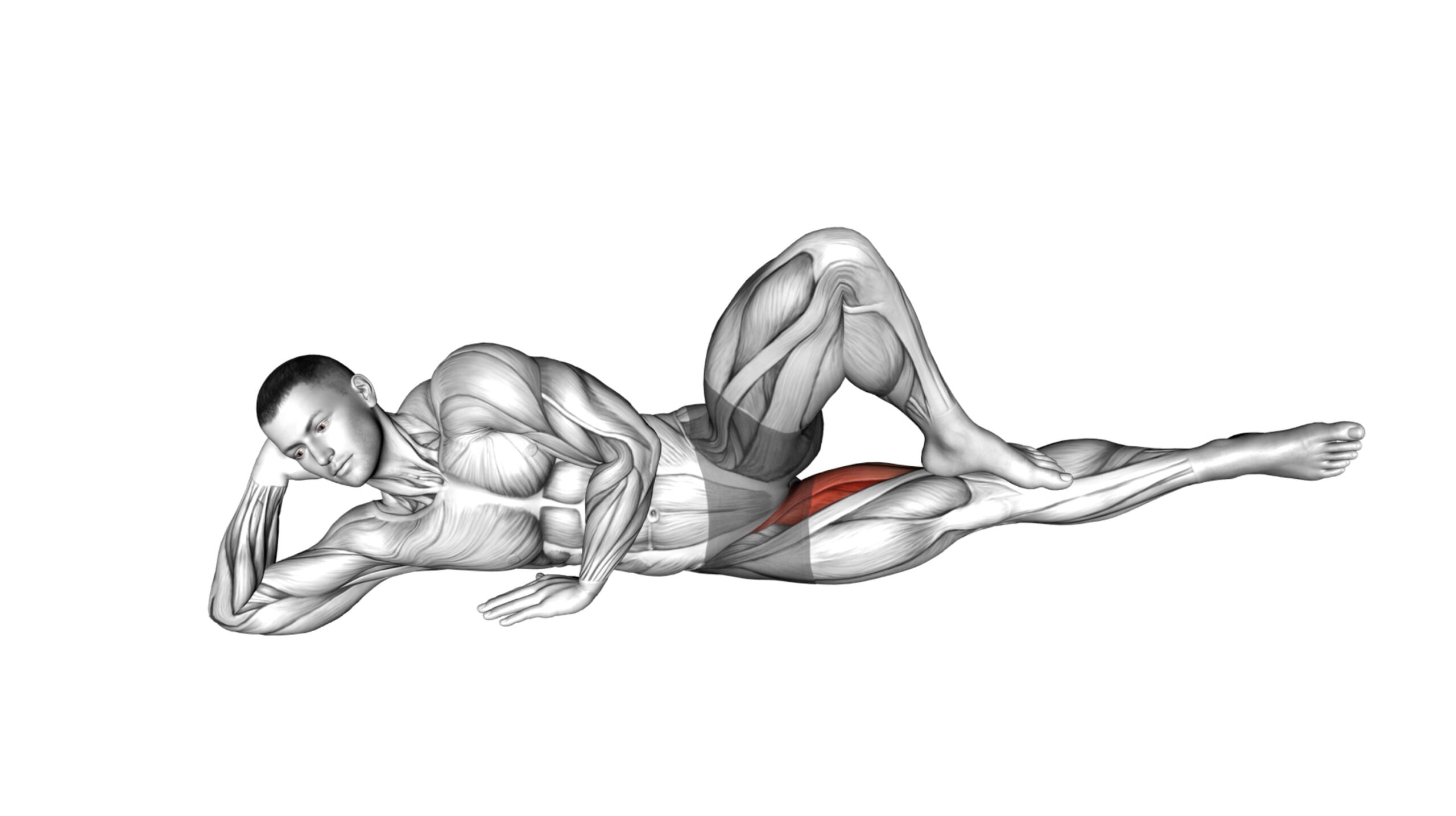
Hip adductor muscles are the unsung heroes of lower body strength and stability. Often overshadowed by their more infamous neighbors, the glutes and hamstrings, these vital muscles play a crucial role in everything from elegant ballet pivots to powerhouse soccer kicks.
Drawing upon my extensive experience as a fitness coach and sports rehabilitation expert, I’ve witnessed firsthand how targeted exercises can fortify these key muscle groups and stave off injuries that plague seasoned athletes and weekend warriors alike.
Surprisingly, despite their importance, hip adductor workouts remain an overlooked component of many fitness routines. By engaging in specific hip adductor muscle exercises tailored for both strength enhancement and injury prevention, you stand to gain not only improved athletic performance but also a safeguard against common yet debilitating issues like groin strains.
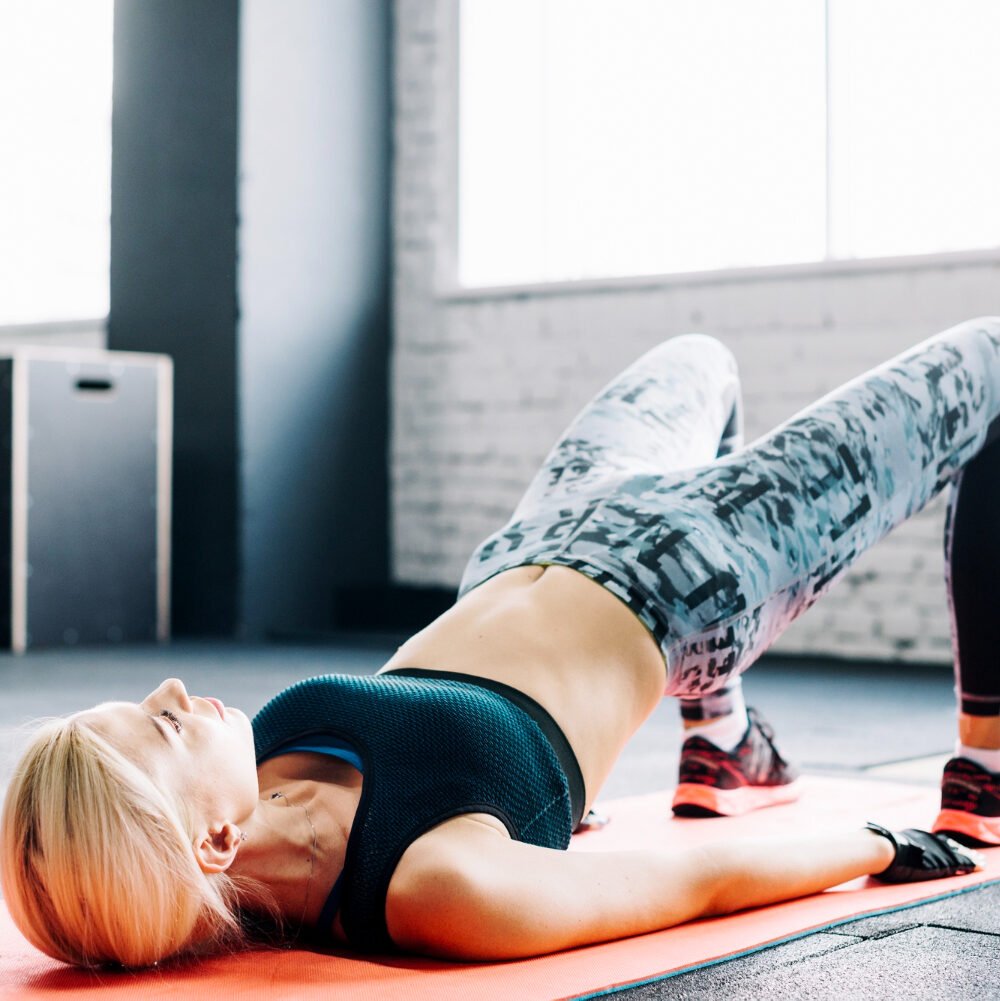
Dive into this journey with me; let’s unlock the full potential of your lower-body powerhouses!
Key Takeaways
- Strengthening hip adductor muscles reduces the risk of common injuries like groin strains and improves lower body stability during dynamic movements.
- Exercises targeting hip adductors enhance athletic performance by increasing rotational power and improving hip extension for better balance and control in various activities.
- Incorporating exercises such as side lying leg adduction, seated wide side adduction, and standing hip adduction can significantly boost compound lift performance, flexibility, and overall muscle symmetry.
- Gradual progression in the range of motion and resistance when performing these exercises ensures continued strength development without risking injury or strain.
- Correctly differentiating between the actions of hip adductors (bringing thighs inward) versus abductors (moving thighs outward) is essential for balanced muscle training to maximize benefits.
Why Hip Adductors Are Important
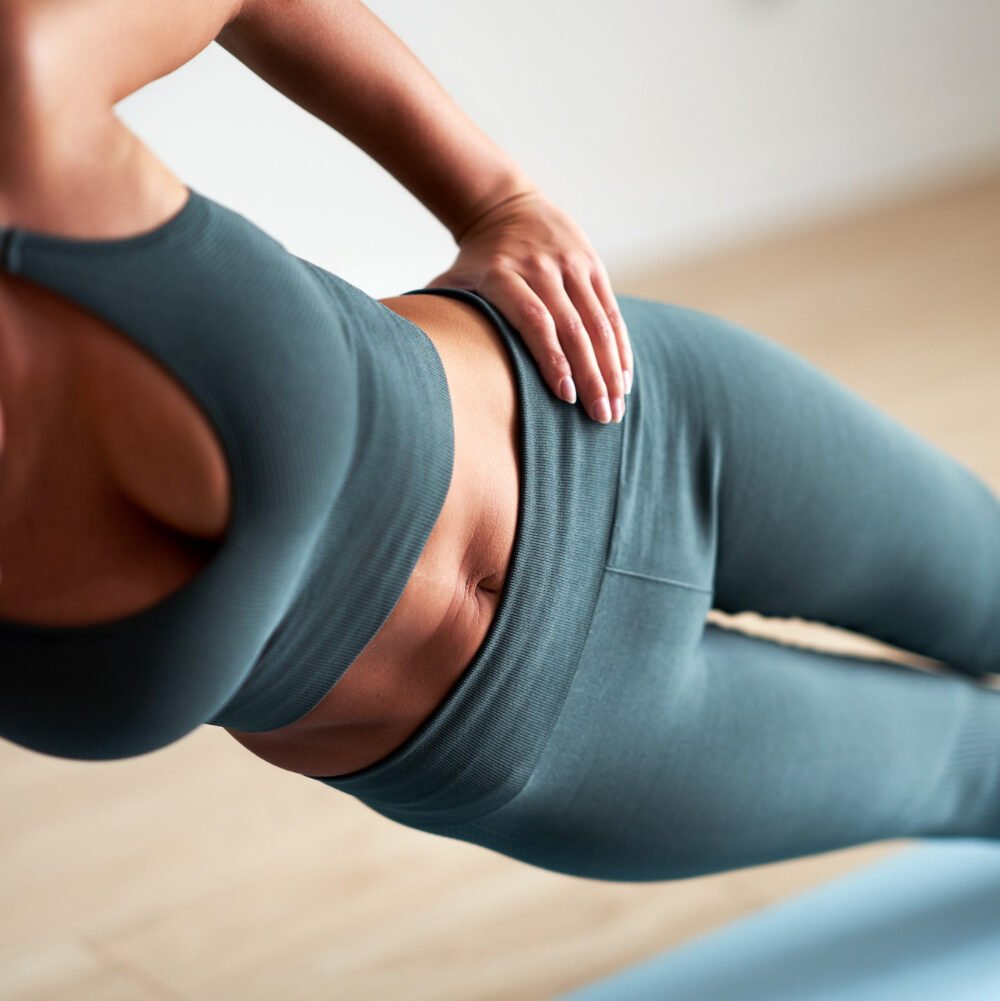
The hip adductor muscles play a crucial role in reducing the risk of injury, increasing rotational power, and improving hip extension. By strengthening these muscles, you can enhance your overall athletic performance and prevent common lower body injuries.
Hip Adductor Muscles Exercises are essential for anyone looking to improve their lower body strength and flexibility.
Reduces the risk of injury
Strong hip adductor muscles play a crucial role in stabilizing your lower body during dynamic movements. Working on these muscles ensures that joints, such as the knees and hips, are well-supported when you’re active.
Whether you’re lunging for a ball or sprinting to catch a bus, stronger adductors help keep your movements fluid and stable. This can prevent common injuries like groin strains or tendinopathy by distributing the physical stress more effectively across your muscles.
Incorporating exercises that target the hip adduction can lead to fewer sports injuries and less downtime from your regular activities. From controlled leg swings to challenging sumo squats, each repetition contributes to building resilience against injury.
And with increased stability comes better performance in everything from weightlifting squats to everyday walking—keeping you both safe and strong on your feet.
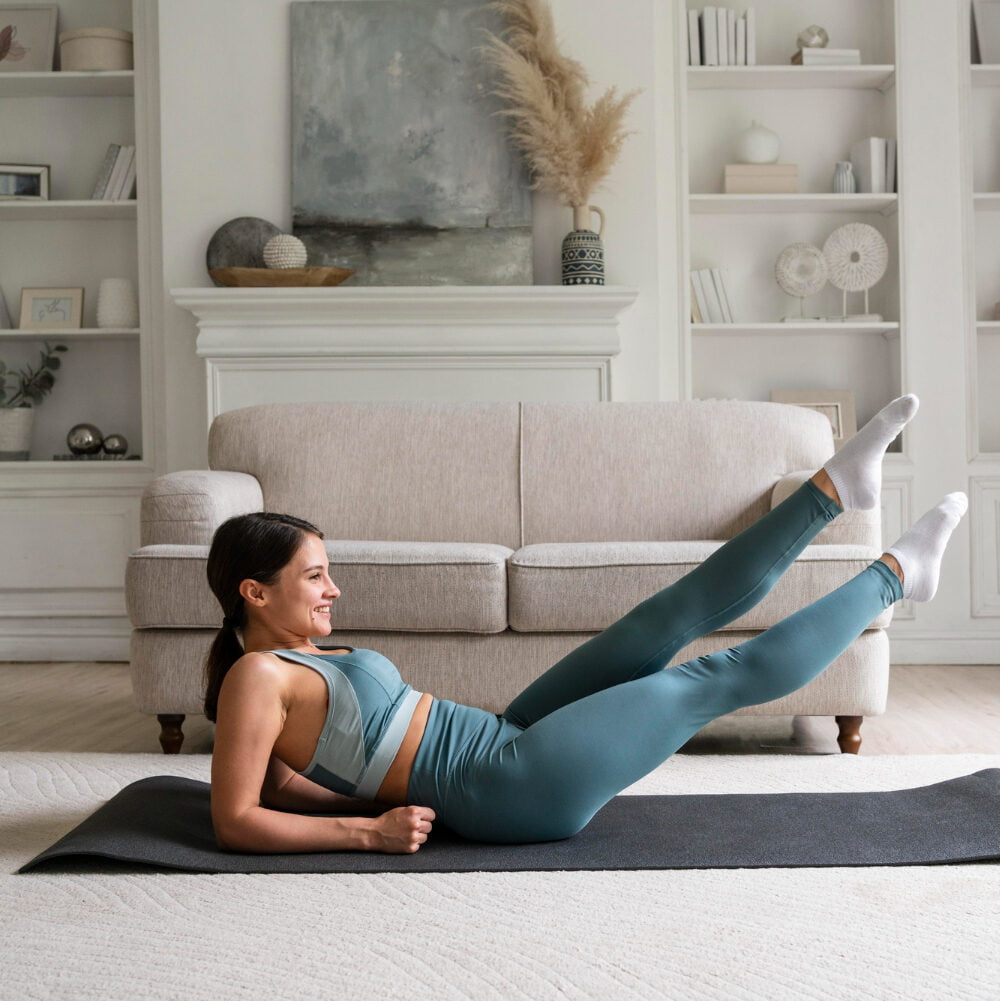
Increases rotational power
Building on the foundation of injury prevention, strengthening hip adductors also amps up rotational power. This is crucial for athletes who engage in sports with swift direction changes or pivoting movements.
Effective conditioning of muscles like the adductor magnus and pectineus boosts your ability to rotate from the hips, enhancing performance in activities that require dynamic twists and turns—think tennis players executing a powerful serve or soccer players swivelling to kick the ball.
By focusing on exercises such as side-lying leg adduction and standing hip adduction, you create a stable base which translates into greater force during these explosive movements.
Imagine driving more energy into each rotation, whether you’re swinging a golf club or throwing a punch in martial arts classes. Upgrading rotational power not only helps smash personal bests but also brings an extra edge needed for outperforming competitors.
Improves hip extension
Enhancing rotational power often goes hand-in-hand with improving hip extension, which is crucial for a range of movements. Strong hip extensors lead to better performance in activities that involve running, jumping, or even simply standing up from a seated position.
By strengthening the muscles around the hips, such as the gluteus maximus and hamstrings, you’ll gain more control and power during hip extension.
Exercises targeting your adductors aren’t just about bringing your legs together; they also prepare your body to extend the hips effectively. This can contribute significantly to lower-body routines by enabling deeper squats and more powerful lunges.
As you work on these muscle groups, expect not only to see an increase in strength but also improvements in balance and stability which are essential for compound movements like squatting or kettlebell swings.
Benefits of Hip Adductor Muscles Exercises
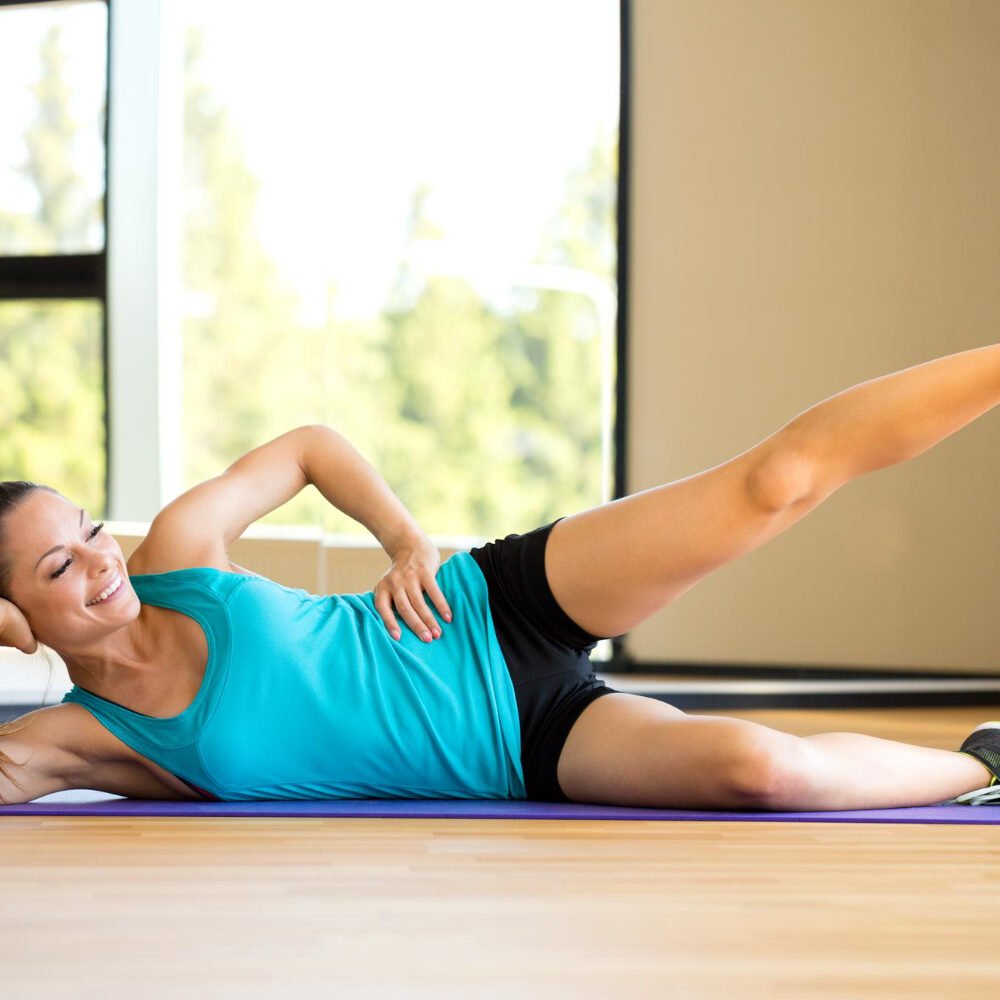
Hip adductor muscles exercises offer numerous benefits, including injury prevention, improved compound lift performance, and increased flexibility. These exercises can help to strengthen the hip adductors which play a crucial role in overall lower body strength and stability.
Prevents injuries
Prevents injuries by strengthening the hip adductor muscles, reducing the risk of strains and tears during physical activities. Engaging in targeted exercises can build stability around the hip joint, enhancing overall lower body function and decreasing susceptibility to common sports-related injuries.
By incorporating these exercises into your routine, you can proactively protect yourself from potential setbacks caused by overuse or improper movement patterns. Strengthening the hip adductors contributes to better balance, stability, and alignment, ultimately safeguarding against various types of strains and tendonitis.
Helps with compound lifts
Incorporating hip adductor muscle exercises into your routine can significantly improve your performance in compound lifts. Strengthening these muscles enhances stability and balance, allowing you to lift heavier weights with proper form and control.
By engaging the hip adductors, you provide a solid foundation for movements like squats, deadlifts, and lunges, which are fundamental to full-body strength training.
Furthermore, activating the adductor muscles during compound lifts helps prevent unnecessary strain on other muscle groups such as the lower back and knees. This reduces the risk of injury and allows for more effective and efficient training sessions.
Increases flexibility
Helps with compound lifts, and also increases flexibility. Engaging in hip adductor muscle exercises can significantly improve the range of motion and suppleness in your hips and thighs.
Stretching exercises targeting the hip adductors facilitate increased flexibility, making daily movements easier while reducing the risk of injury during physical activities like running or lifting heavy objects.
Top 10 Hip Adductor Muscles Exercises

Implement these effective hip adductor muscles exercises into your routine to improve strength and prevent injuries. To learn more about the benefits and techniques of these exercises, keep reading!
1. Bodyweight Side Lying Leg Adduction
Engage in the bodyweight side lying leg adduction by lying on your side with legs extended. Lift the top leg towards the ceiling, then lower it back down for controlled repetitions.
This targets your hip adductor muscles and enhances hip stability.
Now let’s delve into another effective exercise, “2. Bodyweight Side Lying Inner Thigh-up and Down.”.
2. Bodyweight Side Lying Inner Thigh-up and Down
Lying on your side, lift your top leg upward and then slowly lower it back down. Feel the inner thigh muscles engaging throughout the movement. This exercise targets the hip adductor muscles, helping to strengthen and tone them effectively.
To intensify the workout, consider adding ankle weights or a resistance band for greater challenge.
Focus on maintaining proper form and control during each repetition to maximize the benefits of this exercise. Incorporating this movement into your routine can contribute to improved stability and balance in various activities while also reducing the risk of potential injuries associated with weak adductor muscles.
3. Side Lying Hip Adduction
Lie on your side with your legs straight and stack your hips and shoulders. Bend the bottom leg for stability, keeping it in line with your body. Flex the upper leg at the hip and knee to 90 degrees.
Slowly lift the upper leg towards the ceiling without rotating or shifting your hips. Hold briefly at the top of the movement then lower back down under control.
Engage your inner thigh muscles as you lift and lower, focusing on smooth, controlled movements throughout. Use a yoga block or resistance band for added challenge as you progress in strength.
4. Lying Hip Adduction
Position yourself on your side with your lower leg bent slightly for support. Keep your upper leg straight and slowly lift it towards the ceiling, engaging the inner thigh muscles.
Lower it back down under control without letting it rest completely to maintain tension in the adductor muscles. Perform this movement for a set number of repetitions before switching sides to ensure balanced development of both hip adductors.
Moving on to another effective exercise that targets the hip adductor muscles, let’s explore “Seated Alternate Wide Side Adduction“. This exercise not only strengthens the adductors but also aids in improving stability and balance in the hips.
5. Seated Alternate Wide Side Adduction
Transitioning from the lying hip adduction to the seated alternate wide side adduction, this exercise targets the inner thigh muscles and helps improve hip stability. To perform this exercise, sit on a bench with your back straight and feet flat on the floor.
Place a resistance band around your thighs just above the knees. Push against the band by pressing one knee outward while keeping your other knee still, then alternate to work both sides equally.
Engage in this movement for added strength in your hip adductors and enhance their functionality during various physical activities such as walking, running, or weightlifting. Keep tension consistent throughout each repetition to optimize muscle engagement and development while avoiding unnecessary strain.
6. Side Plank Hip Adduction
Engage your core and position yourself in a side plank, with your elbow directly beneath your shoulder. Lift your hips off the ground to form a straight line from head to heels. Keeping your top leg straight, bring it across the front of your body towards the floor while maintaining stability through your core and lower body.
Return to the starting position, repeating for desired reps before switching sides.
To increase intensity, consider adding resistance by using ankle weights or a resistance band around thighs during this exercise. This move targets the inner thigh muscles and helps improve overall hip stability and strength.
7. Side Plank Hip Adduction (bent knee)
Bend your knees and stack them on top of each other, keeping your body in a straight line. Lift your hips off the ground while maintaining the plank position. Slowly lower your bottom hip towards the floor, then raise it back up.
Keep your core engaged and focus on using the muscles on the inner thigh to lift and lower the hips.
Engage in this exercise for a few sets with controlled movements to effectively target the hip adductor muscles. This bent-knee variation of side plank hip adduction provides an excellent way to strengthen and tone these important muscles, which are crucial for stability and injury prevention during physical activities.
8. Standing Hip Adduction
Standing hip adduction is a powerful exercise targeting the inner thigh muscles, also known as the hip adductors. To perform this movement, stand tall with your feet shoulder-width apart and a slight bend in the knees.
Attach a resistance band to a stationary object or use a cable machine with an ankle strap attached to your lower leg. Slowly draw your leg across your body, maintaining control throughout the movement.
This exercise effectively strengthens the adductor muscles, aiding in stability and balance while also contributing to overall lower body strength.
By incorporating standing hip adduction into your workout routine, you can improve functional movements such as walking, running, and jumping. Additionally, this exercise helps prevent injuries by promoting balanced muscle development within the hips and thighs.
9. Lever Seated Hip Adduction
Using a lever machine, sit comfortably and adjust the weight. Place your feet against the foot pads with your knees bent. Slowly bring your thighs together by squeezing the adductor muscles.
Hold for a moment before releasing back to starting position.
To intensify this exercise, increase the weight or hold at peak contraction for longer periods. Focus on controlled movements and avoid using momentum to maximize muscle activation and effectiveness.
10. Band Hip Adduction
Transitioning from lever seated hip adduction to band hip adduction, this exercise targets the adductor muscles using resistance bands. Begin by securing a resistance band around your ankles and standing with feet shoulder-width apart for stability.
With the band taut, slowly bring one leg across the midline of your body while maintaining control, then return to the starting position. Repeat on both sides for a complete set.
To increase difficulty, use a stronger resistance band or adjust foot positioning. This exercise effectively engages the inner thigh muscles and reinforces stability in the hip joints.
How to Incorporate Hip Adductor Muscles Exercises into Your Routine
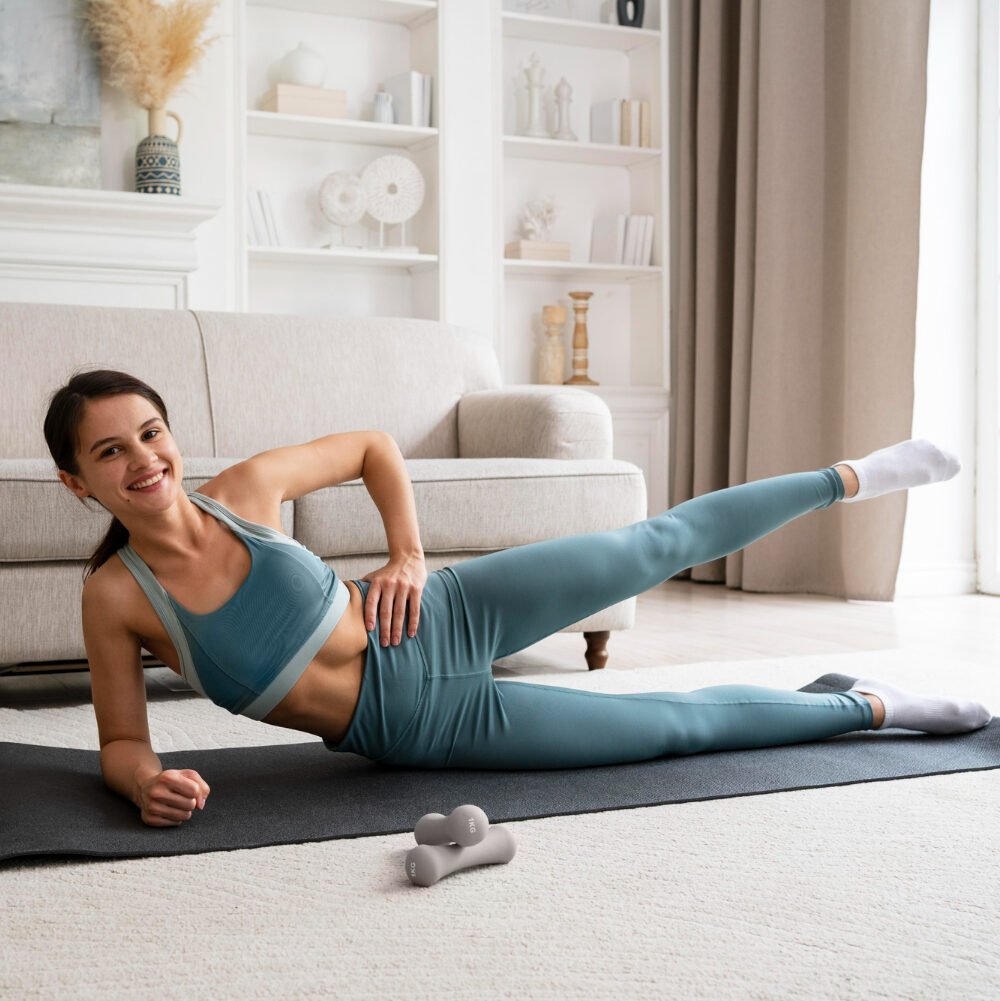
To effectively incorporate hip adductor muscles exercises into your routine, it is important to warm up properly before starting any exercise. Additionally, focus on contracting the muscles during each movement, gradually increasing range of motion and resistance as you progress.
It’s also essential to differentiate between adductors and abductors for targeted training.
Warm up properly
To perform hip adductor muscle exercises effectively, it’s crucial to warm up properly. Begin with 5-10 minutes of light cardiovascular activity such as walking, jogging, or cycling to raise your heart rate and increase blood flow to the muscles.
Follow this with dynamic stretches targeting the adductors and surrounding muscles, incorporating movements like leg swings and lateral lunges to gradually increase mobility and flexibility in the hips.
By preparing your body with a thorough warm-up routine, you can optimize muscle performance and reduce the risk of injury during your workout.
Contract the muscles
Contract your hip adductor muscles by squeezing them inward towards the midline of your body during each exercise. This engagement helps to maximize the effectiveness of the movement and targets the adductor muscles specifically, promoting strength and stability in the hips.
Maintaining this muscle contraction throughout the exercises encourages better muscle activation and overall progress in developing hip adductor strength.
Ensure that you contract these muscles consistently, focusing on engaging them throughout each repetition for optimal results in building endurance and power.

Gradually increase range of motion and resistance
As you progress in your hip adductor muscle exercises, slowly expand the distance and force of your movements. Incorporate more challenging resistance to continue building strength and flexibility in your hip adductors.
This gradual increase will help you push your limits effectively without risking injury or strain.
To attain optimal results, continue to adjust the range of motion and resistance as you advance, ensuring that each exercise is challenging yet manageable. By gradually scaling up these elements, you can consistently improve the capacity and resilience of your hip adductor muscles while reducing the likelihood of overexertion or setbacks.
Differentiating between adductors and abductors
The adductors are a group of muscles responsible for bringing the thigh inwards towards the midline of the body, while the abductors perform the opposite action by moving the thigh away from the midline.
Understanding this distinction is crucial for targeting specific muscle groups during exercises and preventing imbalances in strength and flexibility. Adductor exercises mainly involve movements that pull the thighs together, such as side-lying leg raises or seated hip adductions, while abductor exercises focus on movements that push the thighs apart, like lateral leg lifts or clamshells.
Differentiating between these two muscle groups allows for more targeted and effective training regimens, helping individuals achieve better overall lower body strength, stability, and mobility.
Conclusion

Incorporating these 10 effective Hip Adductor Muscles Exercises into your routine can prevent injuries and enhance your overall strength. These exercises are practical and easy to implement, offering efficient ways to improve muscle functionality.
By consistently engaging in these exercises, you can experience significant improvements in hip stability and injury prevention. Exploring additional resources or seeking professional guidance can further elevate your understanding and implementation of these exercises.
Embrace the opportunity to strengthen your hip adductors for enhanced performance and injury resilience.
FAQs
1. What are hip adductor muscles and why are they important?
Hip adductor muscles, including the adductor longus and adductor brevis, play a crucial role in movements such as flexing, abducting, and rotating your thigh at the pelvis.
2. How do exercises targeting the hip adductors prevent injuries?
Strengthening exercises like deep squats engage your leg muscles, reducing risks of sports injuries by enhancing stability around the knee joint and improving overall muscular balance.
3. Can I still exercise my hip adductors if I have an existing injury?
If you’re managing an injury, consult healthcare professionals for specific physiotherapy routines that can safely incorporate isometric strength training to protect vulnerable areas while promoting healing.
4. What types of exercises work best for strengthening the hip adductors?
Dynamic stretching movements like side kicks are effective for activating these muscles; Bulgarian split squats provide eccentric contraction needed for building strength in both your abductor muscles and flexors.
5. How often should I perform these hip muscle exercises?
Incorporate a mix of barbell squats for power development and static stretching techniques regularly into your physical activity routine to maintain flexibility and continue gaining benefits from consistent practice.
6. Are there any special considerations when doing full squat positions to target my hips?
When attempting full or deep squats, make sure you maintain good form with external rotation of the tibia while keeping abdominal core tight (braced), which allows proper medial rotation during each repetition without straining the pelvis area.

Author
Years ago, the spark of my life’s passion ignited in my mind the moment I stepped into the local gym for the first time. The inaugural bead of perspiration, the initial endeavor, the very first surge of endorphins, and a sense of pride that washed over me post-workout marked the beginning of my deep-seated interest in strength sports, fitness, and sports nutrition. This very curiosity blossomed rapidly into a profound fascination, propelling me to earn a Master’s degree in Physical Education from the Academy of Physical Education in Krakow, followed by a Sports Manager diploma from the Jagiellonian University. My journey of growth led me to gain more specialized qualifications, such as being a certified personal trainer with a focus on sports dietetics, a lifeguard, and an instructor for wellness and corrective gymnastics. Theoretical knowledge paired seamlessly with practical experience, reinforcing my belief that the transformation of individuals under my guidance was also a reflection of my personal growth. This belief holds true even today. Each day, I strive to push the boundaries and explore new realms. These realms gently elevate me to greater heights. The unique combination of passion for my field and the continuous quest for growth fuels my drive to break new ground.

